Effective ayurvedic remedies for excessive sweating
The liquid that secretes through the sweat glands on our skin is called sweat. Sweat is mostly water with some amounts of electrolytes and minerals like sodium and potassium. While sweating is a normal process because of thermoregulation, excessive sweating can be caused due to various reasons.
When sweating goes beyond the purpose of physiological thermoregulation, it is called hyperhidrosis or excessive sweating. Hyperhidrosis can be of different types. If we sweat excessively without any medical reason, it is called primary hyperhidrosis. This type of sweating is because the nerves that trigger the sweat glands become overly active, and it happens usually because of genetic or hereditary causes.
Secondary hyperhidrosis occurs when sweating is due to some health issues like fever, anxiety, thyroid gland disorders, diabetes, menopause, drugs, cardiac diseases, or AIDS.
Ayurvedic perspective and reasons
In Ayurveda, sweating is called sweda, and it is considered as the mala (excreta) of fat tissue. According to Ayurveda, when fat is metabolized in the body, sweat is formed.
Ayurveda considers excessive sweating as abnormal. However, its texts do not mention excessive sweating as a disease. According to Ayurveda, excessive sweating can be caused due to contamination of the subtle channels that carry sweat from the sweat glands to the pores. And some of the causes of contamination can excessive physical exercise, prolonged exposure to heat, unhealthy eating habits, or strong emotions like anger or fear. Ayurveda also states that excess of fat can lead to excessive sweating. Charak Samhita mentions excessive sweating as a reason for overweight. Ayurveda also mentions excessive sweating as a cause of aggravated Pitta dosha.
Ayurvedic remedies to pacify aggravated Pitta
Drink lots of water and keep yourself hydrated. Sip on herbal tea and mint water. Have a glass of tomato juice daily as it controls our sweat glands. Eat lots of seasonal fruits and vegetables.
You should sleep at least for 6-7 hours at night.
Go for a walk outdoor for fresh air. Make sure that you work in a well-ventilated room.
Soak 10 raisins in a bowl of water overnight and have them on an empty stomach first thing in the morning.
Soak coriander seeds overnight and next morning strain the water and drink it.
Have a teaspoon of amla churna with jaggery twice a day after your meals.
Add 10-12 drops of jasmine oil or rose water in your bathing water. It will reduce sweating.
Other Ayurvedic remedies
Herbal treatment: Herbs work wonders in treating excessive sweating. Anti-perspirant herbs help to reduce excessive sweating, and can even stop it. These herbs have dry and cold effects and can thereby stop sweating. Some of these herbs include chandana, mustaka and padmakashta, and ushira, which are the most effective and is most fragrant. These herbs can be taken in the form of powder, liquid, or tablet. A paste of ushira can even be applied on the sweaty parts.
Manage your stress level: Try to control your temper. Always try to think about happy things to manage your anger. Whenever you feel stressed out or anxiety, take slow and long breaths. Also, practice pranayama to calm down your mind and relieve stress. You can use a few drops of brahmi oil and massage on your scalp to cool you down.
Applying Ayurvedic oil: Apply an Ayurvedic oil called Chandanadi taila an hour before taking a bath. It will prove beneficial. When you rub the oil on your hair follicles, it will open up the blockage of the sweat pores. After applying it, leave it for a little while and rinse it with warm water. It works effectively in stopping excessive sweating.
Bath with Triphala powder: Take bath twice daily to get rid of bacteria. Use triphala powder and scrub your body. This fights the germs on the skin.
Avoid consumption of fatty food: Do not consume fatty foods that increase your belly fat. The lower the fat level, the lesser you will sweat. Also, wear loose cotton clothes to feel comfortable.
Sandalwood and coconut oil: Make a mixture of sandalwood or camphor with a few drops of coconut oil and rub it on your body. It helps to relax the body and reduce hyperhidrosis.

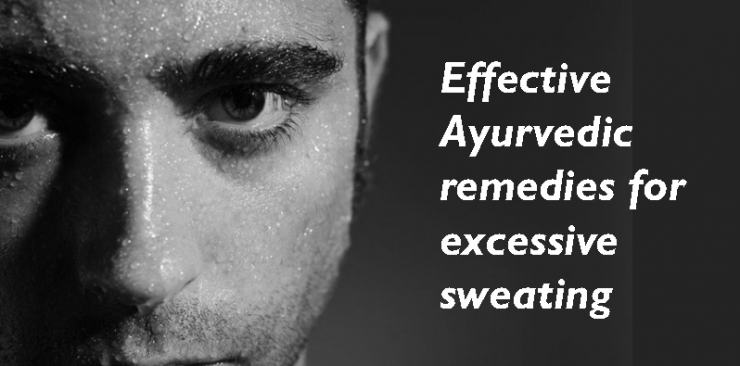
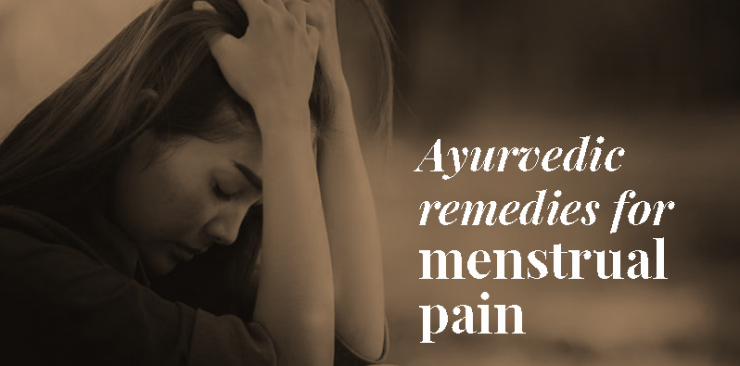
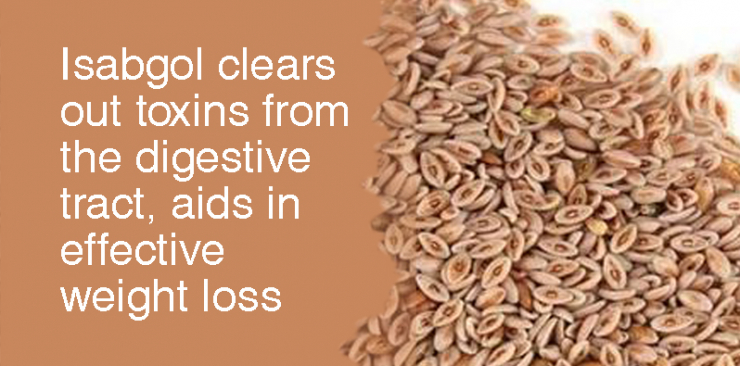




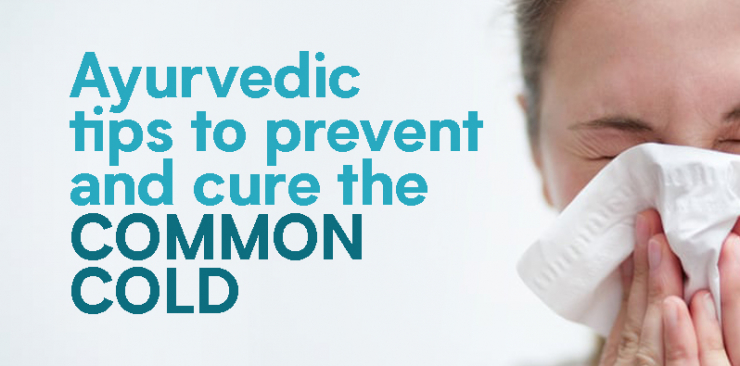
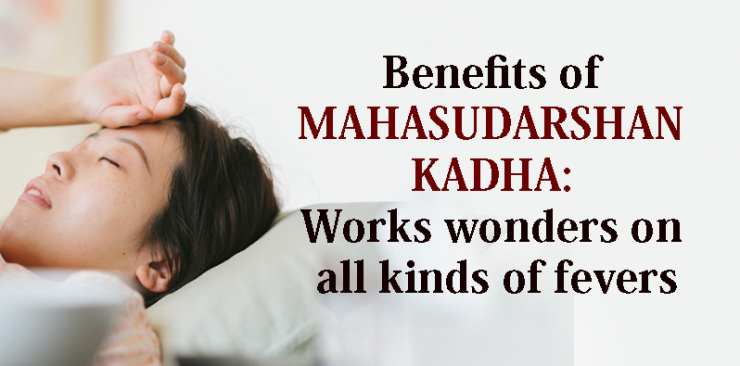
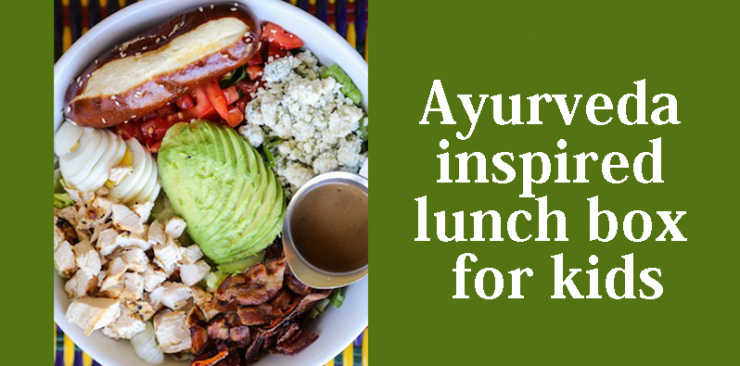
















 AyurCentral
Plus
AyurCentral
Plus






